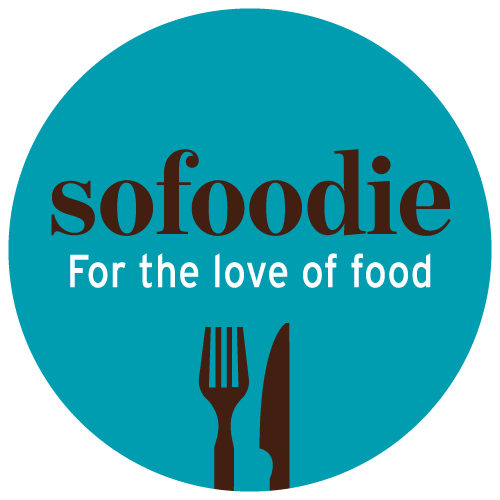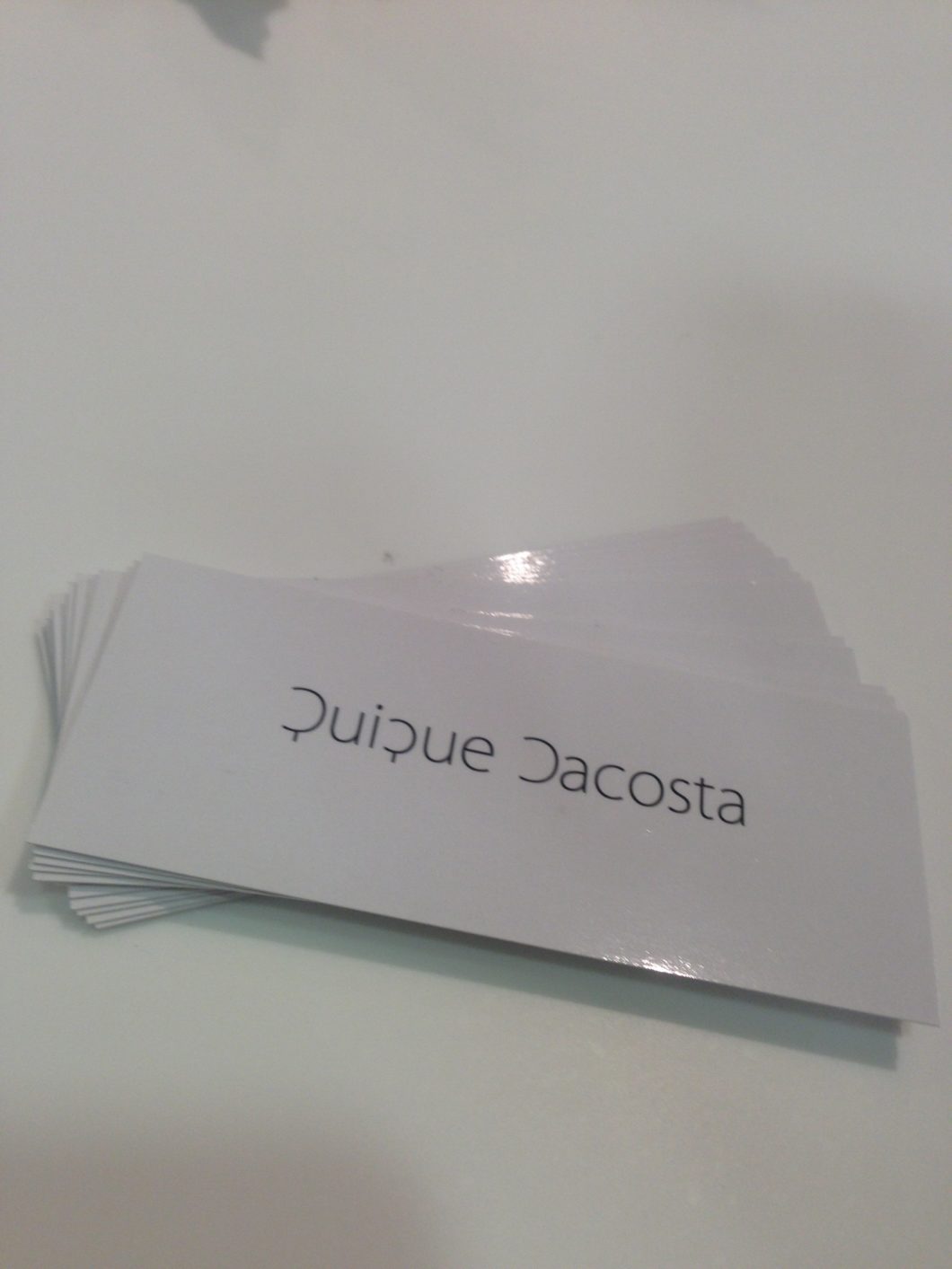After many weeks of excited anticipation, I headed off to meet the Spanish, three Michelin starred chef, Quique Dacosta.
Dacosta has worked on a collaboration with Spanish kitchen and bathroom giants Porcelanosa, creating kitchens designed for cooking. I should add that kitchens should also be designed for dancing but cooking is a good place to start.
With drinks in hand, we headed upstairs to watch Dacosta in action. After a succinct introduction, in english, from the man himself, his restaurant manager explained that was all the english Dacosta spoke and, from there on, the manager did a great job of translating for us.
On the bench in front of us were what appeared to be decorations -some roses, bowls of petals and platters with leaves and twigs. Appearances, however, can be deceptive and as we were each given a glass as we were told that everything that was in front of us was edible.
The centre of the rose was in fact slithers of dyed apple, the platter of twigs was cep crackers and the leaves made from pickled peppers.
Amid the stones, were delicious little nuggets of soft, creamy manchego cheese. All of these dishes were delicious and I especially loved their playful nature.
Next up, lemon fish, with celery, kumquat and a dressing made with the boiled fish bones and citrus and a pineapple foam. Dacosta described it as somewhere between a ceviche and an escabeche.
Our next course was ‘the tale of the hen that laid the golden egg.’ Again, nothing is what it seems and this dish was magical, just like a fairytale. The eggs are in fact a yolk, surrounded by an intense chicken broth jelly, encased in a shell of white asparagus. These are finished with gold leaf. What a joy to eat, the broth flavour is so intense.
And so to our main. Dacosta is from Valencia and the traditional dish here is rice, its grown here and so this dish is a wonderful celebration of the landscape from which it comes.
The dish is made with a rich chicken stock which flavours the rice, unlike risottos no fats are used at all. The dish has thin strands of truffle jelly gently added on top, it is then topped with overcooked rice that has been blitzed and dehydrated, then a power of sweet corn is added. It tastes sensational and I love the fact it is representing the rice fields that are burnt after the harvest, the grey corn the ashes dancing in the sky.
Throughout it is clear Dacosta is incredibly passionate about the region he comes from, all his ingredients in the restaurant come from the surrounding 75km and he talks about both being inspired by and taking real pride in showcasing the region and what it offers.
Our final dish was the stunningly beautiful ‘strange flower.’ Under this delicate sugar disc, meringues and petals was a delicate cream and fresh sweet mango and lychee.
The kitchen, which we were there to see sadly doesn’t come with the chefs. It does however have magic doors that fold into themselves so they take up no space and can be pulled out and closed to hide everything when guests arrive. That is a brilliant idea. How often do you manage to do all the cooking but just can’t face the tidy up before people arrive?
A really great night getting to know a fantastic chef. Big thanks to Porcelanosa for the invite and the giant knife. Want to know more about Dacosta? Then read on for my interview with him.
After watching Quique cook, I managed to grab some time with him to find out more about his food passions.
Who do you think is the most exciting chef working just now?
“Apart from me?” he laughs. ” I like to look at things with a bit of distance. I really like people who portray the very best of their region, where the food identifies the chef rather than the technique. For me, the product, everything, adds to the expression of the chef. Chefs that champion the region, the land that is what excites me.”
You must have a favourite restaurant?
” I love the traditional rice restaurants that make paellas and use the flavours of the sea. Without giving names, I find that is the best thing and is complemented by the techniques used. This is the same as I have in my restaurants. What I dream of is what I desire to eat and think about and experiences and that is what I tried to create, everything I think can seduce me, I try to bring to my restaurants”.
Is there somewhere you haven’t eaten and want to try?
“Massimo Buttura, (chef proprietor of Osteria Francescana in Modena) is currently the number one restaurant in the world and I have never eaten there. I admire him, his expression, philosophy and food. I definitely owe him a visit.”
What would be the dish you’d prepare to impress?
“My menu tonight. To me it’s what I desire, it’s perfection. It’s what I am and what I believe in.
I’m very honest with my guests, I give them what I want to eat.”
I’m spending New Year in Madrid, where you would you recommend I eat while I am there?
“First you should check what will be open,” a smile. That is both good and practical advice. I assured him I’ll be there on days when restaurants are open. “You have to try Albora. They have cured hams from different years and, in different ways, that they pair with champagne. I don’t really like to name places and I want to suggest something you can’t get in London, and you can get everything here.”
I ask about Diverxo and he points out Streetxo is open in London now, but yes, if I can get a table I should go.
After some deliberation with his PA and pleading from me, as he really doesn’t like to give names, he suggests Freixa may be a good option. Just as we are about to finish, he suggest Sacha.
” It’s fantastic, you can eat at the bar, not Pintxos but bigger plates. It’s traditional, but the chef is very interesting.”
And with that we said good bye and I frantically started making reservations.


